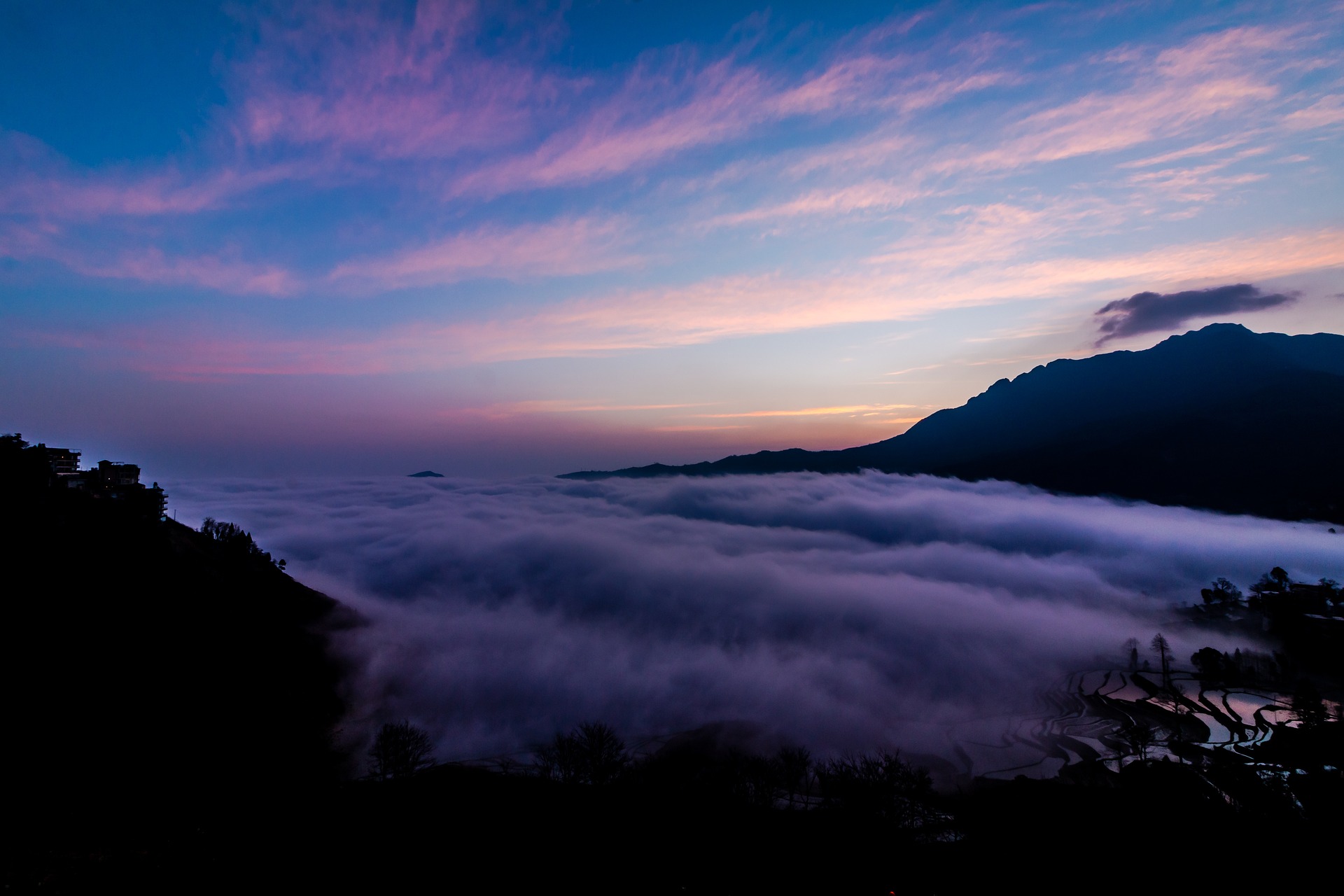Unraveling the Mystique of Dark Tourism: A Fascinating Exploration of the Unconventional
The allure of the unconventional, the unusual, and the eerie has always gripped the human psyche. This inherent curiosity has given birth to a unique and somewhat controversial travel trend – Dark Tourism. It is a phenomenon where travelers visit places associated with death, suffering, and the macabre. From the catacombs of Paris to the nuclear disaster site of Chernobyl, dark tourism offers an unfiltered view into the darker side of human history.

The Genesis of Dark Tourism
The concept of dark tourism may seem modern, but its roots trace back to centuries. The ancient Romans were known to watch gladiatorial combat as a form of entertainment, while the Middle Ages saw people flock to public executions. However, it was not until the 20th century, with its plethora of wars, genocides, and disasters, that dark tourism truly began to take shape. Today, it stands as a testament to our desire to understand, remember, and honor the darker episodes of our past.
Dark Tourism in Today’s World
Today’s dark tourism landscape is diverse and expansive. From the Auschwitz-Birkenau concentration camp in Poland to the Ground Zero memorial in New York, each site offers a poignant reminder of our history’s grim chapters. These experiences make us confront discomforting truths and foster a deeper understanding of the human condition.
The Dichotomy of Dark Tourism
Dark tourism can be a double-edged sword. On one hand, it fosters education and remembrance, preventing history’s grim chapters from fading into oblivion. On the other hand, it raises ethical questions about voyeurism, respect, and the commodification of tragedy. Striking a balance between these conflicting aspects is crucial for responsible dark tourism.
Impact on Travelers and Local Communities
Dark tourism can profoundly impact travelers, evoking a deep sense of empathy and reflection. For local communities, these sites often serve as a source of income, but they can also reopen old wounds. Therefore, it is essential for travelers to approach these places with sensitivity, respect, and a genuine desire to learn.
Dark Tourism Etiquettes
-
Always show respect and maintain silence at memorial sites.
-
Do not take insensitive selfies at places associated with tragedy and suffering.
-
Understand the historical and cultural context before visiting a site.
-
Follow local customs and guidelines strictly.
Wrapping Up
Dark tourism is a fascinating realm that tests our comfort zones and challenges our understanding of leisure travel. While it brings us face-to-face with the grim realities of our history, it also offers us a chance to reflect upon our past and learn from it. It’s a journey not just across geographical boundaries but also through the depths of human emotions and experiences. Entering into this world requires sensitivity and respect, but emerges from it with a fresh perspective on life and history.




